Cooper was an adult dog when he developed diabetes. The Passinault family was up for the challenge of caring for the cute little guy, so they adopted him and enfolded him into their loving family. He has been very happy in his new home, but the complications from diabetes have been a challenge for him.
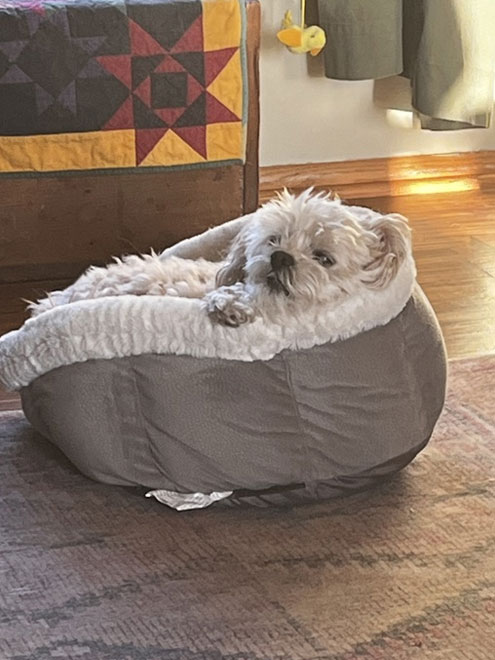
When the Passinault family looked up the word “lazy” in the dictionary, up popped a picture of their dog Cooper. They were not surprised.
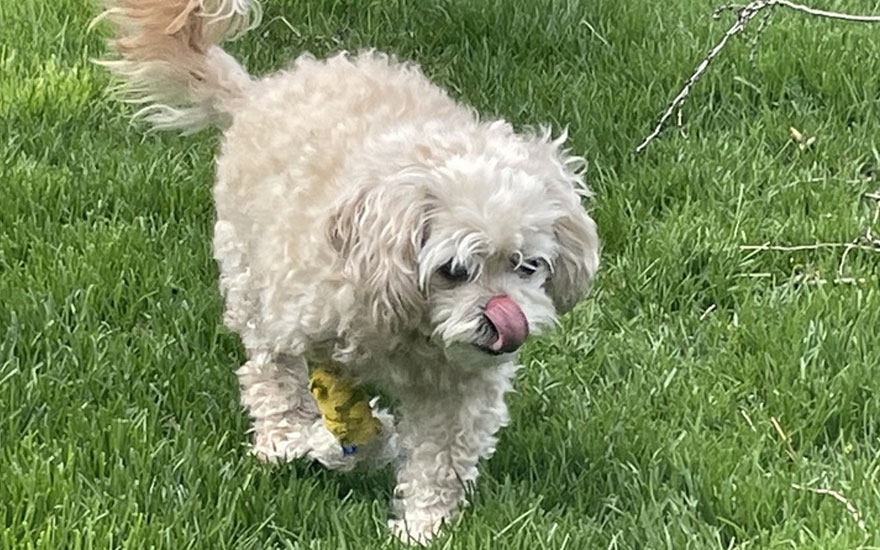
Cooper’s diabetes led to a rapid loss of vision when in just one weekend he developed cataracts. In about a week, however, he adjusted to his blindness and is as active as ever.
“About a year ago, Cooper had a rough weekend,” said Dr. Kathy Passinault. “In the course of just a couple of days, he developed cataracts. It seems hard to believe a pet can develop that eye condition so quickly, but it’s not at all unusual for it to come on suddenly.” She said that when dogs without diabetes develop cataracts, the process is generally slower.
“One of Cooper’s lenses ruptured next, and he quickly lost his sight,” said Passinault. “He had about a week of learning to navigate his world as a blind dog, but that was about all it took for Cooper to figure out how to get where he wanted to go in the house.”
What are cataracts
The lens of a normal eye is clear, and fibers adjust within the eye to allow it to focus. The lens is encapsulated, so it can receive the fluids it needs to get nutrients, but it does not receive blood directly. “Eye fluids contain glucose,” said Passinault, “and the lens uses those for its energy. Any excess glucose becomes another type of sugar called sorbitol, but the excess fluids may also become fructose.
“With diabetic dogs, there is too much of those other sugars, and that allows water absorption into the lens,” Passinault explained. “When that happens, vision becomes cloudy and the cataract develops.” She said most diabetic dogs are likely to develop cataracts, but that is not a reflection of how well the diabetes is managed and controlled. When it does happen, the condition could develop over the course of a couple of weeks, or it could be as sudden as it was with Cooper.
Passinault said that as hard as the veterinarians at Greendale Village Vet have tried, not one of them has ever had success getting a dog to read an eye chart. The exam rooms have dog eye charts that instead of showing letters have squirrels, balls, dog biscuits and fire hydrants, but no dogs have ever been able to communicate how well they see the images.
“That leaves us with visual inspections to determine as best we can what the vision loss is likely to be,” said Passinault. “We use light to examine the back of the eye and stage the progress of the cataract. If an owner wants to try and restore the dog’s sight, board-certified veterinarians who specialize in ophthalmology might be consulted about eye surgery.”
Having a blind dog is not as bad as it sounds, though, she said. Dogs rely heavily on their noses, so once they adjust to not seeing, they tend to do very well. “After Cooper’s initial adjustment, he carried on as though nothing had happened to his eyes,” said Passinault. “He’s living his best life in a family that loves him.”
For more information or to make an appointment, call 414-421-1800 or visit Greendale Village Vet


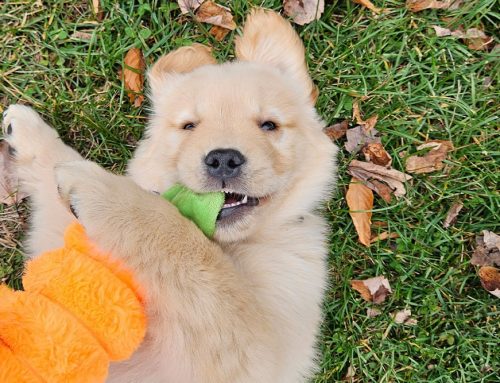

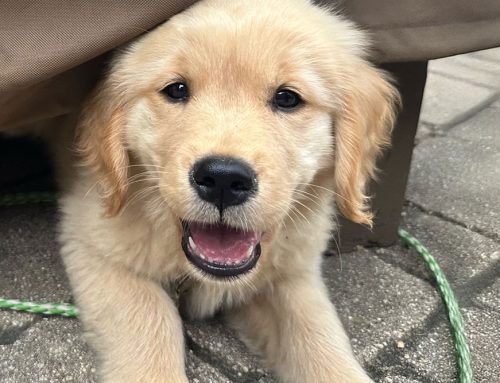
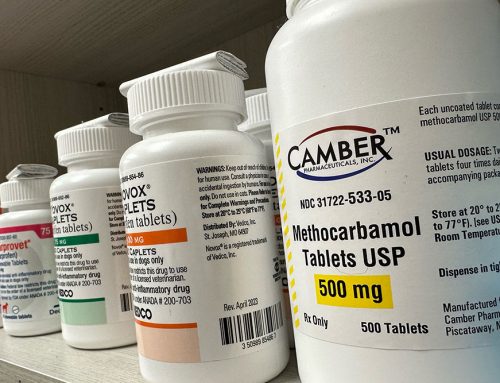
Leave A Comment